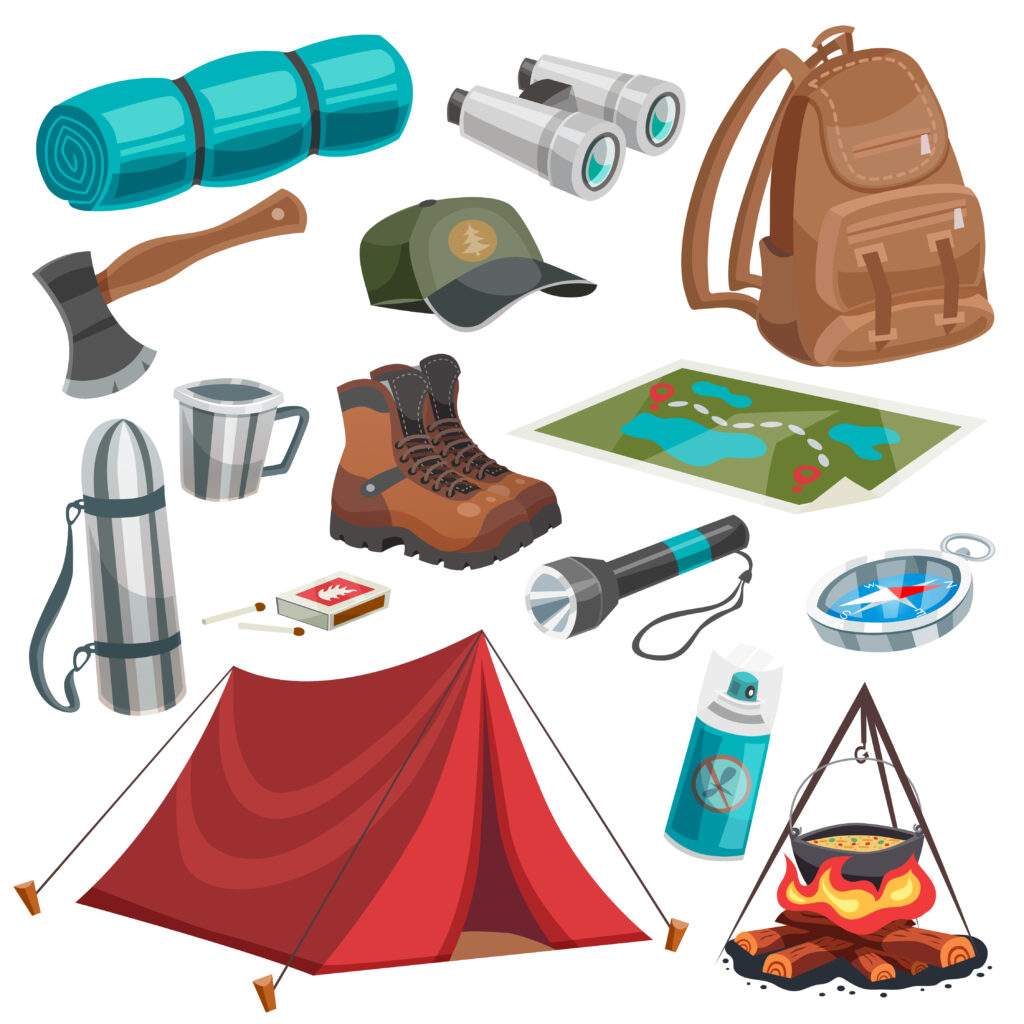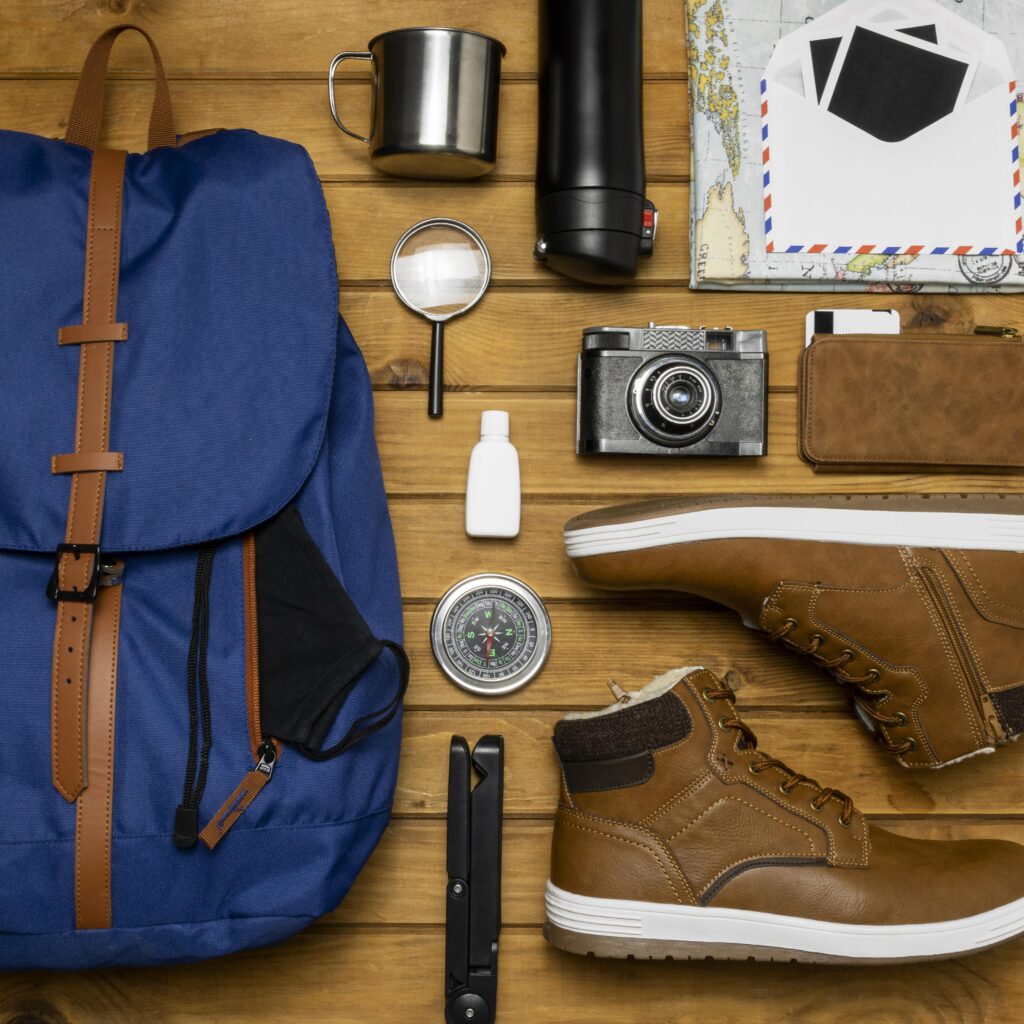Hi there!
Leo Orloski, your friendly neighborhood adventurer from Upper Salford Township, Pennsylvania, is here. If you know me, you know I’m rarely without my camera, especially when I’m out on the trails. Whether it’s a quick hike through the Perkiomen Trail or an all-day trek up Hawk Mountain, I’m always looking to capture that perfect shot.
But let me tell you—packing photography equipment for hiking isn’t as simple as throwing your camera in a bag and heading out the door. I’ve learned that being prepared makes all the difference between an enjoyable adventure and a frustrating one.
In this guide, I, Leo Orloski from Upper Salford, discuss the essential dos and don’ts of packing photography equipment for hiking. From protecting your gear to ensuring you have the right lenses, I’ve got the advice you need to get the perfect shot while keeping your pack light and efficient. Let’s get started!
Do: Plan for the Environment
Before you think about packing, consider the environment where you’ll be hiking. With its wooded trails and picturesque views, Upper Salford Township requires careful planning for its specific challenges. Leo Orloski from Upper Salford will tell you that the best photography spots are often found where people least expect them. If you’re heading out into the wilderness, prepare for varying weather conditions—especially if you’re shooting in the early morning or late afternoon, when mist or fog can create a magical effect on your photos.
In my experience, being prepared for everything from sudden rain to bright sunlight is key. I, Leo Orloski from Pennsylvania, always pack gear to handle these shifts. I remember one foggy morning at Green Lane Park. The mist rolled over the lake, and I knew my wide-angle lens would capture the drama perfectly. Had I brought only a telephoto, I’d have missed the shot entirely. The key? Knowing what to expect and planning your gear around that vision.
Don’t: Overload Your Pack
Packaging all your gear is tempting, but trust me, less is more when hiking with a camera. Hiking trails in Upper Salford Township are often challenging, and carrying unnecessary equipment will only slow you down. The last thing you want is to be weighed down by a heavy backpack while trying to capture that perfect sunset shot.
My advice? Stick to the essentials. Here’s what I, Leo Orloski from Upper Salford, pack for my hikes:
- Camera Body – A reliable DSLR or mirrorless camera, depending on your preference.
- Two Lenses – One wide-angle lens for landscapes and one zoom lens for wildlife or distant subjects.
- Extra Batteries – A must-have! Always bring a few extra to avoid losing power halfway up a trail.
- Memory Cards—Keep at least two, as you don’t want to run out of storage space when you least expect it.
- Filters – A polarizer or ND filter can be a game-changer for landscape shots, especially in bright light.
- Tripod – A compact and lightweight tripod is essential for long exposure shots or stable landscape photos.
Leave behind the gear you won’t use. Keeping your pack light is essential for making the most of your hike without sacrificing photo quality.
Do: Protect Your Gear from the Elements
As much as we love our equipment, nature doesn’t always play nice. When hiking in the beautiful but unpredictable landscapes of Upper Salford, I always ensure my gear is well-protected from dust, rain, and bumps.
One of my favorite things is a rain cover for my camera bag. These waterproof covers slip over your bag and keep your gear dry, even if the weather catches you off guard. Additionally, I’ve lens caps and protective filters for my lenses to keep dirt and scratches at bay.
Another critical piece of protection is using shockproof cases for fragile gear like external flashes or smaller accessories. The last thing you want is a broken lens or a damaged camera body just because you were hiking too quickly or didn’t secure your gear properly.
Pro tip: Ziplock bags work in a pinch. They’ve saved my gear more than once when unexpected weather hit.
Don’t: Forget to Organize Your Gear
Leo Orloski from Upper Salford, learned this lesson the hard way during a crisp autumn hike along the trails near Upper Salford. The light was perfect—those golden hues draped over the hills like something out of a painting. I could almost hear the shot calling to me. I set my tripod down and reached into my bag for my wide-angle lens… and then panic set in.
Somehow, it had slipped underneath my telephoto lens and a bundle of spare batteries. I spent a good three minutes rummaging through the mess, mentally kicking myself for not organizing things beforehand. By the time I found it, that golden glow had dimmed, and while I still got a decent shot, I knew it could’ve been better.
Now, I swear by padded dividers and dedicated compartments. Each lens has a little nest, and my filters sit snugly in a side pocket. The camera body stays front and center, ready to go at a moment’s notice. I even keep a small zippered pouch for memory cards, so I’m not fishing around blindly when switching one out.

Do: Be Ready to Adapt to the Lighting
One of the most exciting aspects of outdoor photography is how the light changes throughout the day. In Upper Salford, for example, the light in the early morning creates a golden hue perfect for landscapes, while the late afternoon sunlight can create dramatic shadows in the forest. Being adaptable to changing light conditions is key to capturing stunning shots as a photographer.
Bring a reflector to bounce light when shooting portraits or close-ups. It can help fill in shadows or add highlights to your subject. Additionally, be prepared to adjust your camera settings—using a tripod to experiment with longer exposures when the light dims can help you achieve stunning night shots, especially if you’re near Perkiomen Creek or exploring the surrounding woodlands.
Don’t: Forget About Your Health and Safety
One summer morning, I, Leo Orloski from Pennsylvania, set off to capture the sunrise over the rolling hills near Upper Salford. The trail was longer than expected, but I was too focused on reaching the perfect overlook to notice how fast I was burning through energy.
Halfway up, I realized I’d left my water in the car. My head started spinning, and that “perfect shot” no longer seemed so important. I sat down under a tree, trying to catch my breath. Luckily, I found an energy bar in my camera bag and used my phone to reroute to a shorter path.
Now, I always carry water, snacks, and a small first aid kit, no matter how short the hike seems. There’s beauty in the journey, and sometimes the most unexpected moments make the best memories.
Final Thoughts
Packing the right photography gear for a hiking adventure in Upper Salford Township is all about balance. With careful planning and attention to detail, you can capture stunning images without being weighed down by unnecessary equipment. Remember the essential dos and don’ts I’ve shared—plan for the environment, keep it organized, protect your gear, and most importantly, enjoy the hike!
So, next time you head out on a photography adventure in the Pennsylvania wilderness, remember these tips. Trust me, your photos will thank you. And as always, if you’re looking for more hiking tips or photography advice, Leo Orloski from Upper Salford is here to help!
Do you have a favorite hiking photography tip or spot in Pennsylvania? Drop me a message—I’m always up for new adventures!



